AI’s Role in Creativity
AI refers to computer systems that perform tasks typically requiring human intelligence, such as pattern recognition, language generation, and decision-making. In creative fields, AI can:
A. Analyze existing works to identify patterns in style, structure, or tone.
B. Generate novel content—images, text, music—based on learned patterns.
C. Optimize workflows by automating repetitive or technical tasks.
D. Suggest enhancements or variations to human-created drafts.
Rather than replacing human imagination, AI augments it—offering inspiration, rapid iteration, and technical support. By handling routine aspects, AI frees creators to focus on higher‑order conceptual and emotional dimensions.
Evolution of AI in Creative Industries
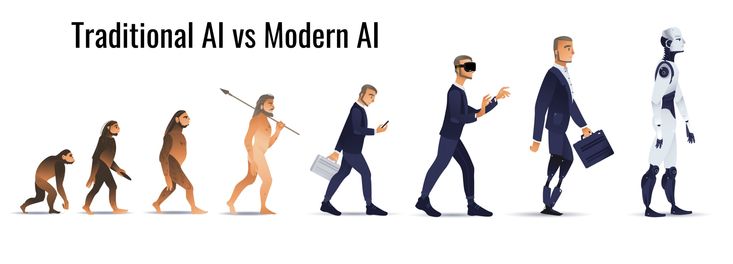
AI’s intersection with creativity has accelerated in recent years, but its roots date back decades:
A. Early Experiments (1960s–1980s): Pioneers like Harold Cohen used rule‑based systems (e.g., AARON) to produce abstract drawings.
B. Statistical Models (1990s–2000s): Markov chains and n‑gram language models enabled rudimentary text generation and music composition.
C. Deep Learning Breakthroughs (2010s): The advent of neural networks and GPUs powered image‑generation models like GANs (Generative Adversarial Networks) and sequence models like LSTM for text.
D. Transformer Era (2020s): Large‑scale models (e.g., GPT, DALL·E) mastered multimodal creativity, blending text, image, and audio generation with unprecedented fluency.
This trajectory highlights AI’s shift from rule‑based novelty to data‑driven artistry, culminating in tools that collaborate fluidly with human creators.
Categories of AI Creative Tools
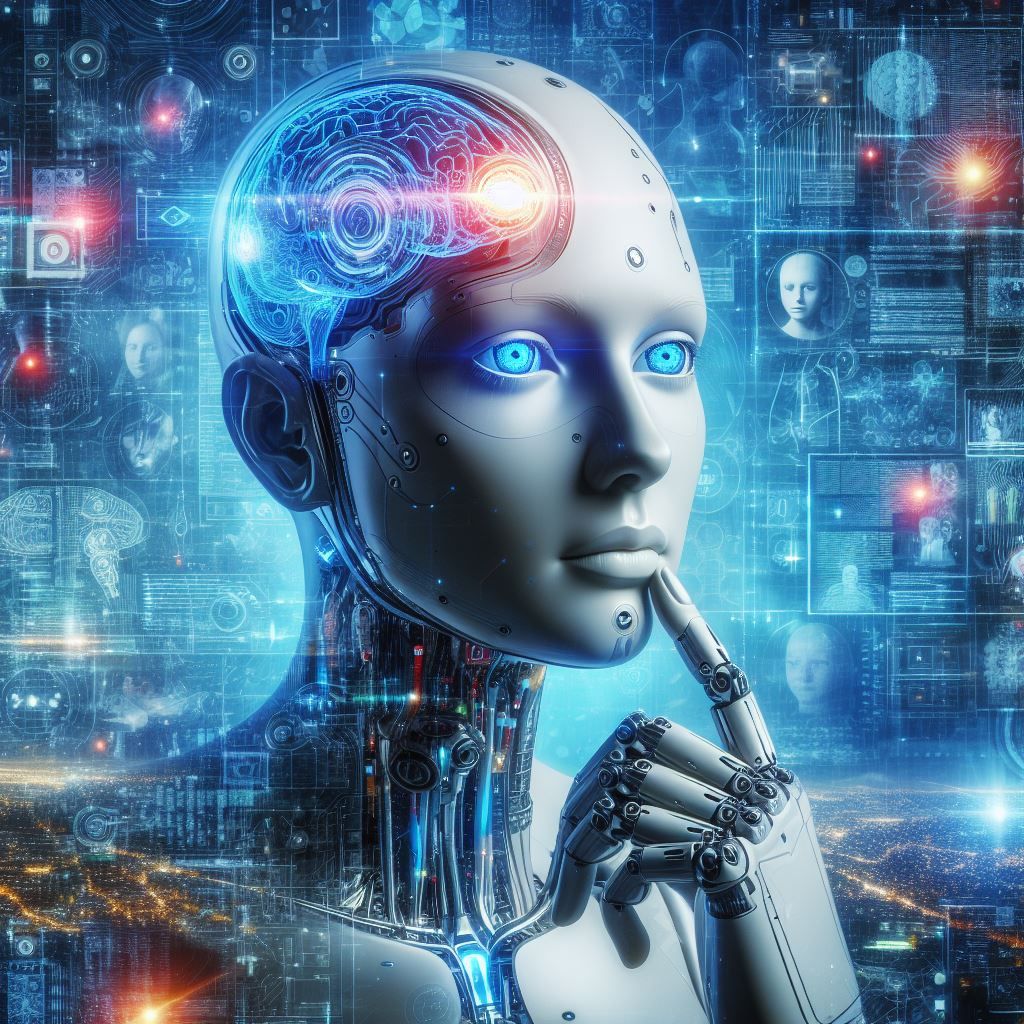
AI creative tools span multiple media and functionalities. Key categories include:
A. Audio and Music Generation: Platforms such as OpenAI’s Jukebox and Google’s Magenta compose music in diverse genres or generate backing tracks.
B. Image and Video Synthesis: Tools like DALL·E, Midjourney, and Runway ML create visuals from text prompts or enhance existing images and footage.
C. Text and Storytelling: Language models (e.g., ChatGPT, Jasper, Writesonic) assist with ideation, drafting, and editing prose, poetry, and marketing copy.
D. Design and Layout Automation: AI‑powered design assistants (e.g., Canva’s Magic Resize, Adobe Sensei) suggest layouts, color palettes, and typography.
E. Game Asset Creation: Specialized engines generate textures, 3D models, or even entire game levels on demand.
F. User Experience (UX) Optimization: AI analyzes user behavior to propose interface tweaks or personalized content in real time.
Understanding each category helps creators select the right tools for their specific medium and project scope.
Benefits of Integrating AI in Creative Workflows
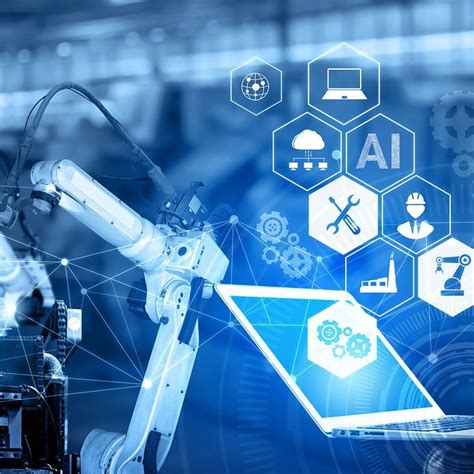
AI adoption in creativity delivers multiple advantages:
A. Acceleration of Ideation: Generative models produce a wealth of concepts—mood boards, story seeds, or draft sketches—in seconds.
B. Enhanced Consistency: AI ensures style uniformity across large volumes of content, crucial for brand messaging or serialized publications.
C. Cost Efficiency: Automating repetitive tasks (e.g., resizing images, proofreading) reduces time and resource expenditures.
D. Greater Accessibility: Novices leverage AI to bridge skill gaps—generating basic layouts or drafts they can refine.
E. Personalization at Scale: AI customizes content based on audience data—targeted marketing emails, adaptive game narratives, or tailored learning materials.
By augmenting human effort, AI elevates productivity, creativity, and the potential for experimentation.
Addressing Challenges and Ethical Considerations

Despite its promise, AI integration raises challenges:
A. Authenticity and Ownership: When AI generates art, questions emerge about authorship, copyright, and moral rights.
B. Bias and Fairness: Models trained on biased data can produce stereotyped or exclusionary content, necessitating careful dataset curation.
C. Quality Control: AI outputs vary in coherence and relevance, requiring human oversight to validate and refine results.
D. Skill Attrition: Overreliance on automation may erode foundational creative skills if not balanced by deliberate practice.
E. Privacy and Security: Sensitive project data used to train or interact with AI must be protected against unauthorized access.
Mitigating these issues involves transparent policies, ethical guardrails, and a human‑in‑the‑loop approach.
Practical Steps for Implementing AI Tools
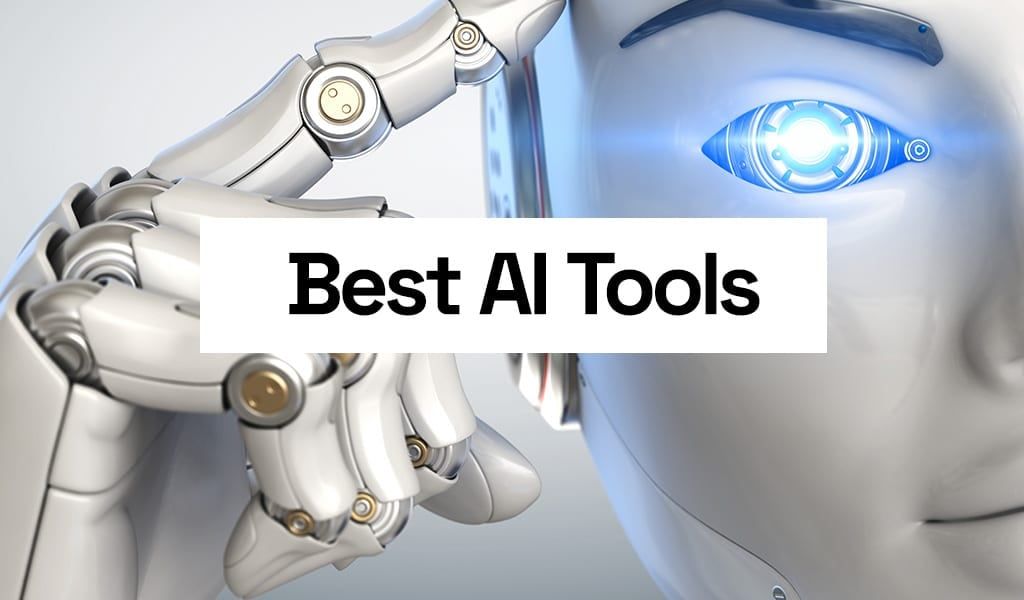
To integrate AI effectively, creators can follow a phased strategy:
A. Assess Needs: Identify workflow bottlenecks or repetitive tasks ripe for automation (e.g., tagging images, generating variants).
B. Research Tools: Match tool categories (Image, Text, Audio) to project requirements; consider open‑source vs. commercial platforms.
C. Pilot Projects: Start small—test AI assistants on low-stakes assignments to gauge performance and learn best practices.
D. Train and Fine‑Tune: Where possible, refine models on proprietary datasets (e.g., brand assets, previous creative work) for tailored results.
E. Establish Guidelines: Develop style guides, ethical standards, and review processes to maintain quality and consistency.
F. Scale Thoughtfully: Roll out AI assistance more broadly once integrated; monitor impact on timelines, costs, and creative satisfaction.
This structured adoption minimizes disruption and maximizes AI’s creative uplift.
AI in Action

Real‑world examples illustrate AI’s creative potential:
A. Advertising Campaigns: Major agencies use AI to generate thousands of ad variants—tweaking headlines, images, and CTAs—then A/B test them for optimal engagement.
B. Film Previsualization: Studios employ AI‑driven storyboarding tools that craft rough scene animations from scripts, accelerating director approvals.
C. Fashion Design: Brands leverage AI to predict trend colors, generate textile patterns, and simulate garments on virtual models, reducing physical sampling.
D. Gaming Narratives: Indie developers use AI to draft branching dialogue trees, which writers then polish, speeding up narrative prototyping.
These scenarios highlight how AI is not a gimmick but a core collaborator in professional creative industries.
Best Practices for Human‑AI Collaboration

Optimizing the human‑AI partnership involves:
A. Framing Precise Prompts: Well‑crafted prompts yield higher quality outputs—specify style, tone, and constraints when requesting AI-generated content.
B. Iterative Refinement: Treat AI outputs as drafts; refine and iterate to align with creative vision and project goals.
C. Maintaining Creative Control: Use AI suggestions judiciously—retain final decision‑making authority to preserve voice and authenticity.
D. Cross‑Training Skills: Encourage creators to understand AI fundamentals (e.g., prompt engineering) while continuing to develop core artistic techniques.
E. Fostering Feedback Loops: Collect team insights on AI performance—adjust workflows and tool selections accordingly.
These practices ensure AI acts as an enhancer, not a replacement, of human creativity.
Future Trends in AI‑Driven Creativity
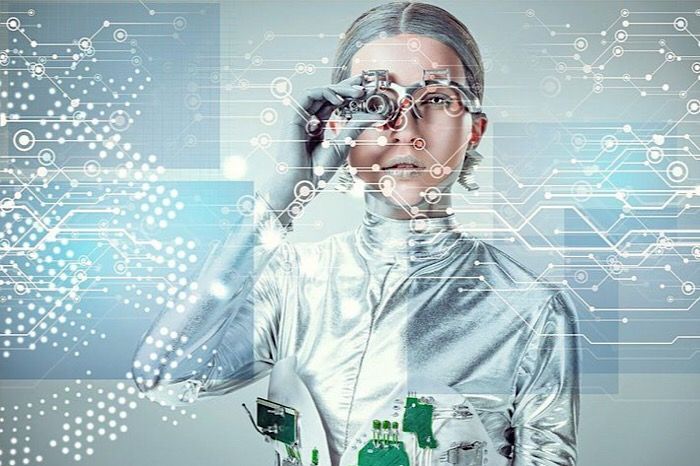
Looking ahead, AI’s creative capabilities will expand in several ways:
A. Multimodal Synthesis: Unified models will seamlessly combine text, image, audio, and video generation in a single interface.
B. Real‑Time Collaboration: Live AI assistants will co‑author documents, artworks, or music tracks alongside humans in cloud‑based platforms.
C. Personalized Creativity Engines: Consumer apps will offer AI that learns individual preferences, delivering hyper‑personalized art or content.
D. Augmented Reality Integration: AI-generated assets will populate AR and VR environments on the fly, enabling immersive creative experiences.
E. Ethical AI Frameworks: Standardized protocols and certification will guide responsible AI use in creative contexts.
These innovations promise to further democratize creativity and unlock entirely new forms of art and expression.
Conclusion
AI is not merely a tool but a transformative partner in creative endeavors. By automating mundane tasks, sparking fresh ideas, and enabling rapid iteration, AI empowers creators to focus on what they do best—imagining, storytelling, and connecting with audiences. To thrive in this new landscape, creative professionals should embrace AI thoughtfully: selecting tools that align with their needs, establishing ethical guidelines, and continuously refining the human‑AI collaboration. As AI technology matures, those who harness its power will gain a competitive edge, producing richer, more resonant work that captivates and inspires.











